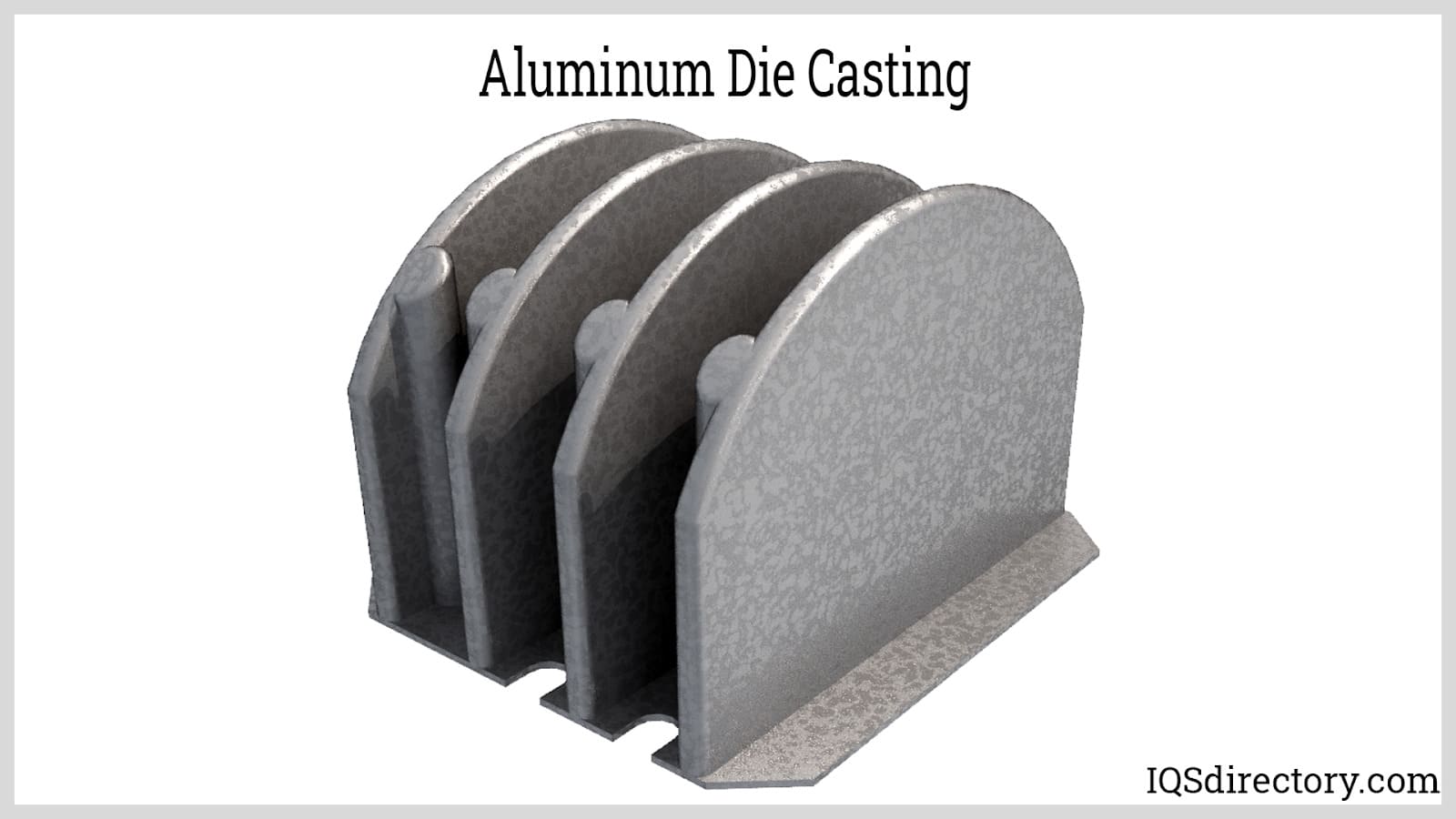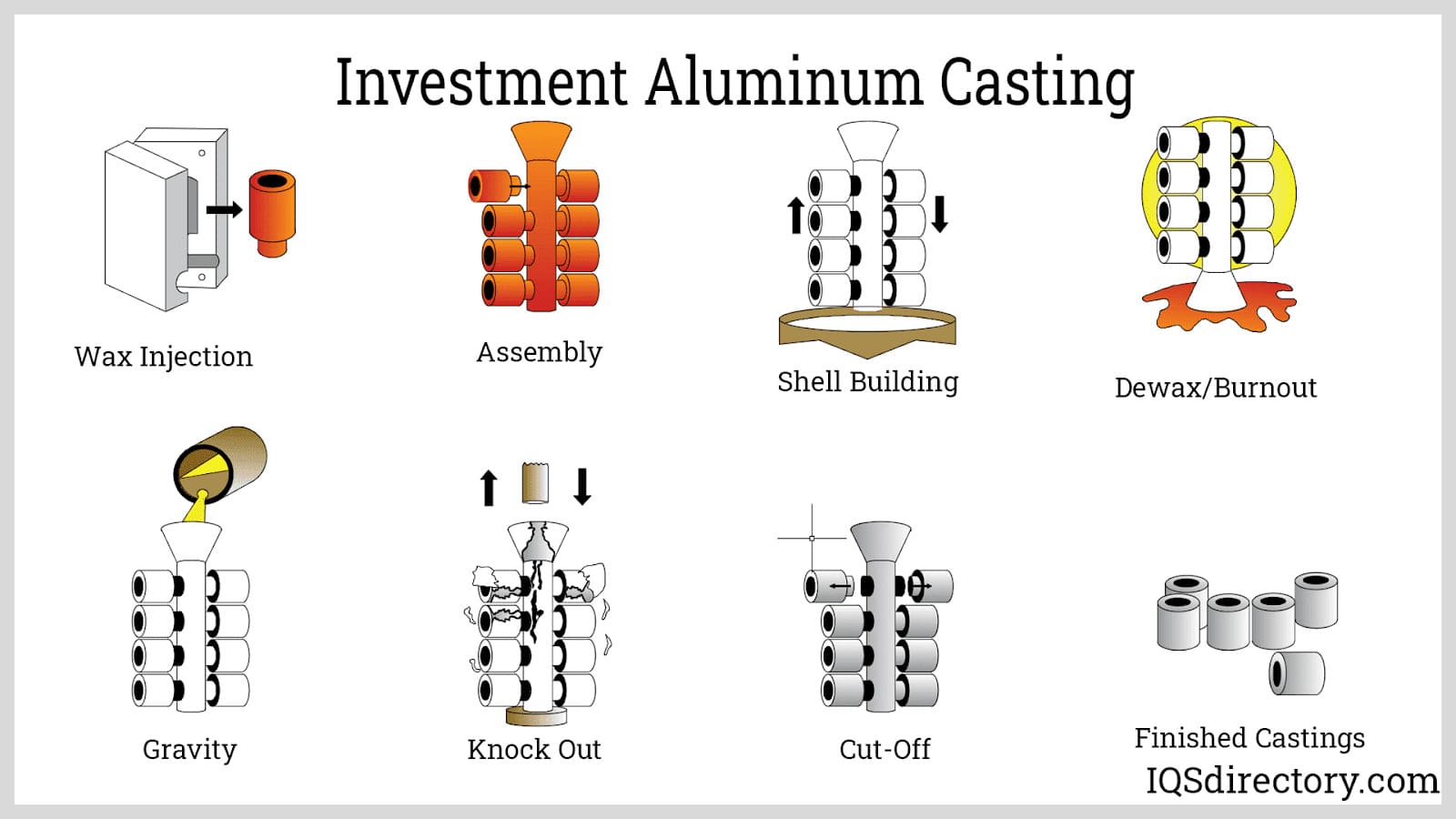Facts About Stahl Specialty Company Revealed
Facts About Stahl Specialty Company Revealed
Blog Article
Not known Facts About Stahl Specialty Company
Table of ContentsStahl Specialty Company - The FactsThe smart Trick of Stahl Specialty Company That Nobody is Talking AboutHow Stahl Specialty Company can Save You Time, Stress, and Money.The Ultimate Guide To Stahl Specialty CompanySome Known Facts About Stahl Specialty Company.A Biased View of Stahl Specialty Company

If you're designing a steel product, you have actually likely taken into consideration making use of light weight aluminum as the base material. It has a high strength-to-weight ratio, excellent deterioration resistance, excellent formability, and visual charm. These elements have caused its raised appeal in recent times. Pure light weight aluminum has restricted applications, so it is commonly incorporated with various other aspects, such as silicon, magnesium, and manganese to form alloys.
Different elements and quantities produce a broad variety of desirable physical and chemical properties. And the Aluminum Organization (AA), based in The United States and copyright, has created requirements that regulate light weight aluminum alloys' structure, properties, and classification. There are two sorts of aluminum alloys wrought and cast. Factory employees create these alloy types in various methods, which substantially influences their qualities.
Some Known Details About Stahl Specialty Company
Cast aluminum alloys are made by melting pure light weight aluminum and combining it with various other metals while in fluid form. The mix is put right into a sand, pass away, or investment mold.

160.0 stands for a cast with a minimum of 99.60% light weight aluminum. The fourth number, which comes after the decimal factor, specifies if the alloy is a casting (xxx. 0) or an ingot (xxx. 1). Wrought aluminum alloys additionally start by combining molten light weight aluminum with various other metals. Unlike cast alloys, however, they are created right into their final form via processes such as extrusion, rolling, and flexing after the metal has solidified into billets or ingots.
There are many small differences in between wrought and cast light weight aluminum alloys, such as that cast alloys can consist of much more substantial amounts of other metals than wrought alloys. However the most notable distinction in between these alloys is the construction procedure where they will certainly most likely to deliver the end product. In addition to some surface treatments, cast alloys will certainly leave their mold and mildew in almost the exact strong form wanted, whereas wrought alloys will undertake numerous alterations while in their solid state.
If you think that a functioned alloy might be the very best for your job, take a look at some of our posts that describe even more concerning certain functioned alloys, such as Alloy 6061 and Alloy 6063. On the other hand, if you assume an actors alloy would be much better for you, you can find out more about some actors alloys in our Alloy 380 and Alloy 383 articles (coming soon).
The Ultimate Guide To Stahl Specialty Company
When picking a light weight aluminum shop for your manufacturing needs, it's essential to examine numerous variables. Among the most critical elements to think about is the experience and competence of the shop. Foundries in Missouri. Selecting a shop that has the right knowledge of the light weight aluminum spreading process, and the profile to show for it, aids to have a successful end result for your job
Having the experience and industry understanding to craft your spreadings for optimum manufacturing and top quality end results will certainly streamline the project. Producing light weight aluminum castings needs a facility collection of procedures to achieve the ideal outcomes. When determining on a brand-new aluminum foundry to partner with, guarantee they have considerable sector experience and are educated about all elements of the light weight aluminum casting process: layout, manufacturing, product analysis, and item testing.
The factory should likewise have a proven track record of delivering remarkable products that meet or exceed customer assumptions. Quality control must likewise go to the top of your checklist when choosing a light weight aluminum factory. By collaborating with a qualified shop that complies with the requirements for top quality control, you can safeguard the integrity of your item and guarantee it satisfies your specifications.
By selecting a firm who uses solutions that fulfill or exceed your item demands, you can be sure that your project will certainly be finished with the utmost precision and efficiency. Specific light weight aluminum shops focus on details sorts of producing procedures or casting methods. Different components call for various manufacturing strategies to cast light weight aluminum, such as sand casting or pass away spreading.
Some Ideas on Stahl Specialty Company You Should Know
Die spreading is the name provided to the procedure of developing complicated metal elements with use of molds of the part, likewise understood as dies. It produces more components than any type of other process, with a high degree of precision and repeatability. There are three sub-processes that fall under the classification of die casting: gravity die spreading (or irreversible mold and mildew spreading), low-pressure die spreading and high-pressure die casting.
After the purity of the alloy is examined, passes away are created. To prepare the dies for spreading, it is essential that the dies are clean, so that no residue from previous productions stay.
The Best Guide To Stahl Specialty Company
The pure metal, likewise known as ingot, is added to the furnace and maintained at the molten temperature of the steel, which is after that transferred to the shot chamber and injected right into the die. The pressure is after that maintained as the metal strengthens. Once the metal solidifies, the cooling procedure starts.
(https://leetcode.com/u/stahlspecialc/)
The thicker the wall surface of Check Out Your URL the component, the longer the cooling time due to the amount of interior metal that additionally requires to cool down. After the part is completely cooled, the die cuts in half open and an ejection system presses the component out. Following the ejection, the die is shut for the following shot cycle.
The flash is the additional material that is cast during the process. Deburring eliminates the smaller sized pieces, called burrs, after the cutting process.
Excitement About Stahl Specialty Company

Zinc is among one of the most used alloys for die spreading as a result of its reduced price of raw products. It's also among the more powerful and steady steels. Plus, it has outstanding electric and thermal conductivity. Its deterioration resistance likewise enables the components to be long-term, and it is among the extra castable alloys because of its lower melting point - Foundry.
As pointed out, this alloy is among the most commonly made use of, yet makes will, at times, select light weight aluminum over zinc because of light weight aluminum's manufacturing advantages. Light weight aluminum is highly economical and among the much more versatile alloys. Aluminum is made use of for a variety of different products and sectors anything from window frameworks to aerospace materials.
Report this page